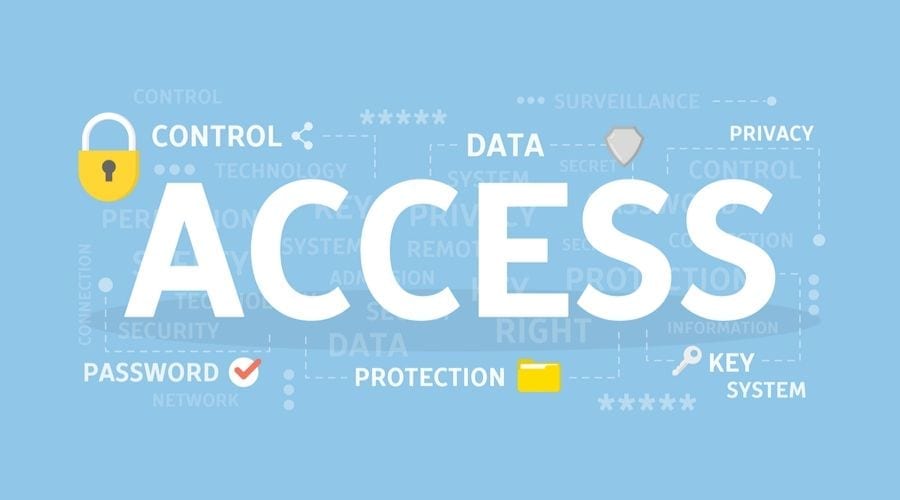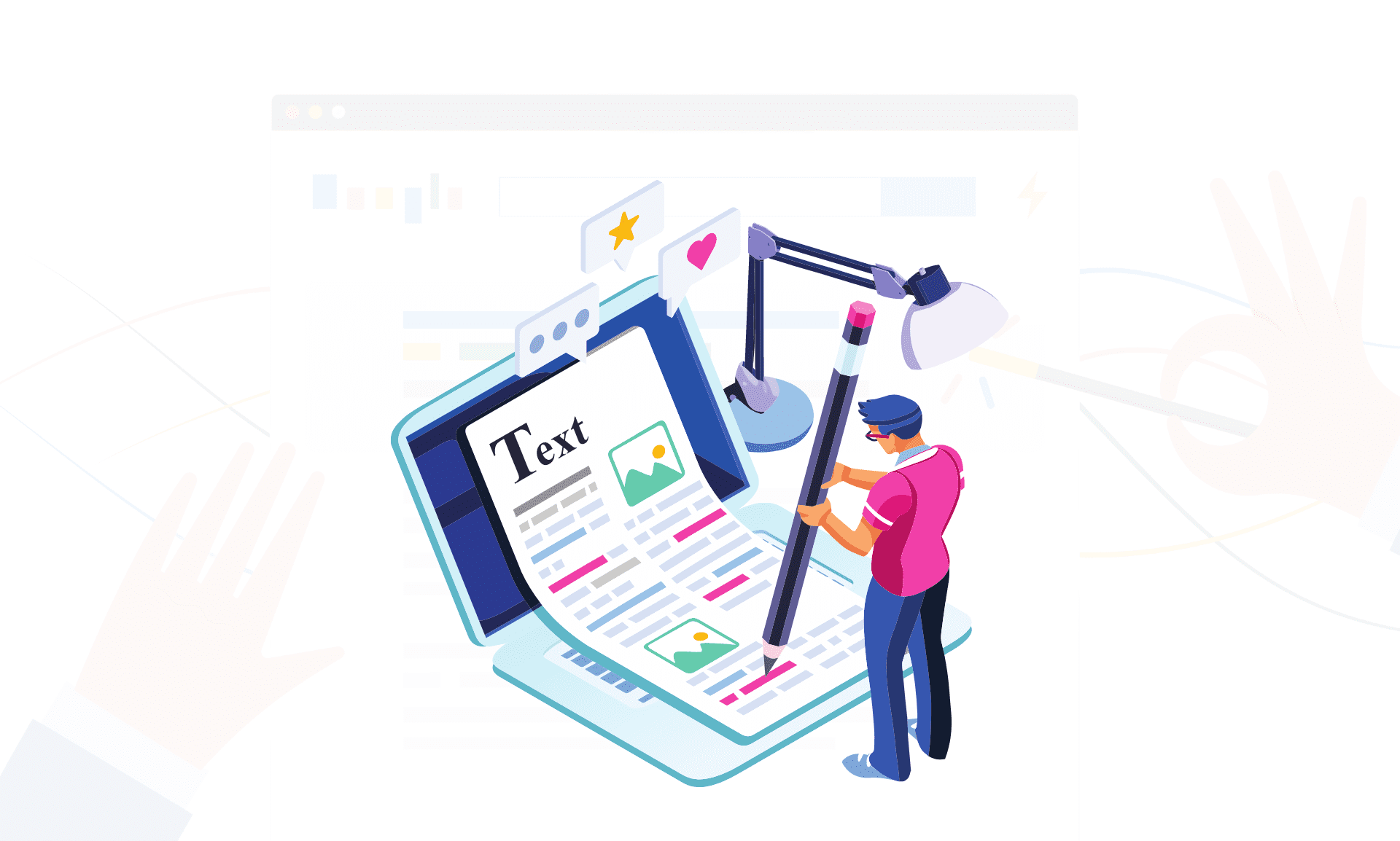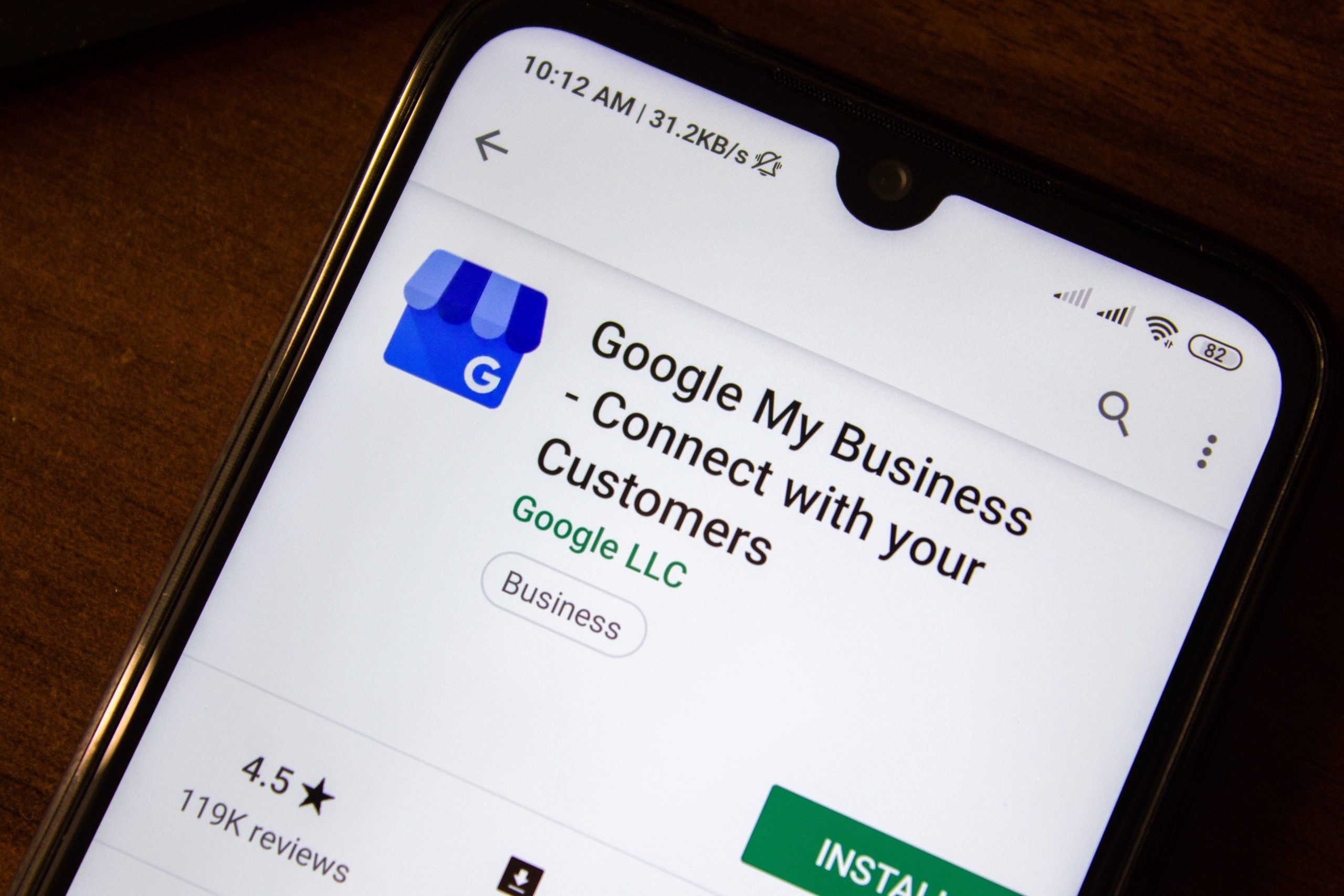Making Your Website Accessible to Everyone

Recent Legal Rulings Have Said Websites Can Be Held to ADA Compliance Rules.
Is Your Online Business at Risk?
You worked hard to create your website and make it thrive. Have you made sure even those with disabilities can easily access the content of your website?
Maybe you never even considered this. But you should.
In 1990, the Americans with Disabilities Act (ADA) became a law. The ADA prohibits discrimination against any individuals with disabilities in all areas of public life. This includes schools, jobs, transportation, and all private and public places open to the general public.
Thanks to the ADA physical areas like entrances and bathrooms were made easier for those with wheelchairs to navigate. Also, individuals with disabilities were allowed reasonable accommodations to get and maintain jobs.
What does this have to do with websites?
Title IV of the ADA involves telecommunications. This means telephone and internet companies must provide accommodations for those with hearing, speech, and visual disabilities.
But does it really apply to YOUR website?
It sure could. Check out this example:
Earlier this month, the Supreme Court turned down an appeal from Domino’s Pizza regarding the rights of those with visual impairments to sue because the company’s website was not accessible.
Accessible Websites Also Help You
Aside from the legal aspects, think of accessibility from a business perspective. Every day, millions of people with visual, hearing, cognitive, photosensitive, and physical disabilities access the internet for entertainment and as…well, consumers.
Your website’s lack of accessibility may not only be unknowingly discriminating against a segment of the population–it could be costing you money.
Also, improving your website’s accessibility benefits all viewers. Accessible sites often have much better design and usability making it easier for everyone to use and access your products and services.
Ways to Improve Your Website’s Accessibility
Wondering how to make your website more accessible? Call your local SEO! There are some easy fixes.
- Title and header tags: You’re probably doing this already–breaking up blocks of content with headers (H1, H2, H3…) It makes your content easier to read and understand. It also helps screen readers interpret your pages. As an added benefit, adding headers between content blocks also helps with your readability rating which affects your SEO rankings. So keep SEO header hierarchy in mind when designing your article.
- Color schemes: While it may seem like a good idea to be creative with your background color, it may make it difficult to read. Make sure your text stands out against your background. A simple white background and black text make your content easily visible.
- Text size: Like color schemes, your font choice and size makes a huge impact on readability. Also, make sure resizable text–a common accessibility feature–doesn’t negatively affect your site’s layout and design.
- Image alt attributes: Whenever you add an image to your website, you have the option to add an alternative text to the image. Then, if the image fails to load, the alternative text describes what the image is. Alt text also helps with your site’s search engine rankings.
- Link anchor text: When one of your pages links to another on your website, you want to use text that clearly states where that link is going. In many cases, it is underlined blue text. So instead of your anchor text reading “click here” it could say, “visit my online store”.
- Transcribing videos: The best video in the world won’t mean a thing if a person can’t hear or follow what is being said. Closed captioning is a great option, but a complete transcription text of the videos may be easier for those with hearing, visual, or cognitive difficulties to absorb.
- Make a sitemap: You want to make sure your website is as easy to navigate as possible. A sitemap is a simple outline that links all your sections and pages to help screen readers and tools to understand the content of your website.
Of course, these are just a few things you can do to help the accessibility of your website. As a rule of thumb, if you are following readability and SEO best practices, you may be well on your way to having a great, accessible site.
Your Accessible Website: Everybody Wins!
Let’s face it: Learning all the in’s and out’s of web accessibility may be a little complicated. The accessibility industry continues to evolve with new technological advances. Taking the time to learn–or getting a little help from someone who already knows–can certainly be a win/win proposition.
Think of it this way. With an accessible site:
- You allow EVERYONE to access your content and potentially purchase your goods or services.
- You probably are following many of the SEO best practices bringing more traffic to your site.
- You have a functional, easy-to-use website that won’t have people hitting the back button for the next search result.
Need Help Making Your Website Accessible?
If you looked through some of the changes mentioned above and feel a little overwhelmed, that’s okay.
Contact our team using the simple form below. We will be more than happy to take a look at your website, make any suggestions, and even help you make an accessible, SEO friendly website.




